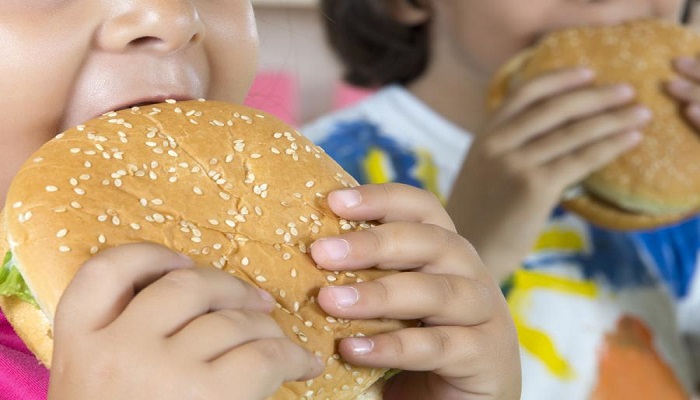
Who does not love fast food? Despite knowing the negative impact of consuming fast food, we still gravitate to them. What will happen if it was banned?
McDonald’s and Pizza Hut just joined a club once reserved for smoke shops and sex stores: This week, London Mayor Sadiq Khan announced a plan to ban them — and all fast-food joints — from opening near London schools.
“Takeaway restaurants are a vibrant part of London life, but it’s important that they are not encouraging our children to make poor food choices.”
– Sadiq Khan | London Mayor
Effective fall 2019, the policy would block new fast-food restaurants from setting up shop within a quarter-mile of primary and secondary schools. It would also require all new fast-food outlets to adhere to minimum nutrition rules.
The plan comes at a time of mounting global concern about the link between fast food and childhood obesity: the latter has reached epidemic proportions in many countries, and studies have found that salty, greasy restaurant diets are, in large part, to blame. That realization has spurred a desperate search for policy initiatives that can persuade children, and their parents, to eat more healthfully.
As the first major city to propose such a ban, London could well inspire similar policies elsewhere.
“It sets a precedent,” said Ben Winig, the vice president of law and policy at the US-based non-profit ChangeLab Solutions. “As public health and planning become more intertwined, I think we’ll see more cities use zoning as a public health solution.”
According to Winig and many others in public health, the need to address childhood obesity has never been more urgent. In both the United States and the United Kingdom, about one in five 11-year-olds is obese — which makes them far more likely to develop conditions such as diabetes and heart disease as adults.
Researchers have blamed the epidemic on diets rich in processed, high-calorie foods, which contain far too many calories and not enough fruits and vegetables. Fast food contributes to those poor diets: One 2009 study in the American Journal of Public Health, found that students who go to school within walking distance of a fast-food outlet drink more soda, eat fewer fruits and vegetables, and are more likely to be overweight than students who do not.
Findings like that one have fuelled calls for policies like fast-food bans near schools or “healthy food zones.” In the United Kingdom, the cities of Newcastle and Halston have adopted bans already, and Charlotte and Austin also have floated their own school fast-food bans.
London, however, is by far the largest city to begin a fast-food ban of this kind.
Proposed as part of a periodic city planning initiative, the policy will go into effect after a two-year comment period, according to a spokesperson for the mayor’s office.
It will apply to all new establishments that sell hot foods to go, from corner fish-and-chip shops to major multinationals. It also would mandate that all new fast-food spots, regardless of their proximity to schools, adhere to the city’s Healthy Catering Commitment — an otherwise voluntary initiative that encourages restaurants to adopt healthier cooking methods and menus.
Commitment signees must agree to eight of 22 “assessment criteria,” which include displaying water more prominently than soda and shaking the extra grease off fried foods. Neither policy will apply to existing restaurants.
In a statement, Khan described the measure as part of his attack on the “ticking time bomb of childhood obesity.”
“Takeaway restaurants are a vibrant part of London life, but it’s important that they are not encouraging our children to make poor food choices,” he said. “I am working hard to create a healthier London, and this must start with the food that our children eat.”
Public health advocates in the United States say they are paying attention. If London’s ban keeps unhealthy food options away from schools, it could serve as a model for other jurisdictions.
Although such bans have been discussed in the United States before, few health groups have pursued them, said Margo Wootan, the vice president of nutrition at the Center for Science in the Public Interest. Instead, US efforts around fast-food restaurants and children have largely focused on improving kids’ meals and getting them to offer beverages besides soda.
There is one standout exception: In 2008, several low-income neighborhoods in Los Angeles adopted a blanket ban on new standalone fast-food restaurants, regardless of whether they were near schools. But the policy failed. A study seven years later found that the ordinance had not dented fast-food consumption, in large part because there were already so many unhealthy options in the neighborhood.
London’s ban may face the same challenges. A map of the cities’ schools and existing fast-food outlets, published by a British data analyst, shows that many city schools are already within a short walk of several fast-food establishments. Those businesses will not be affected by the ban.
But for the schools that aren’t in range — and there are many — experts think the policy could have a real effect.
“When a city like London does something like this, it reinvigorates the debate,” Winig said. “I think it might push more folks to look at these policies again.”

Post Your Comments